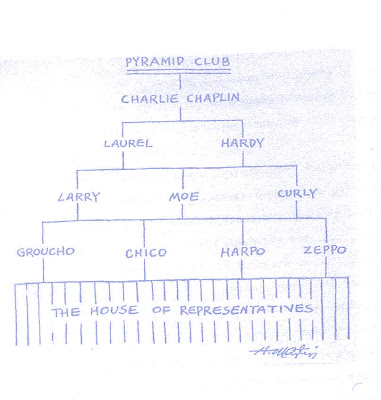 |
| Jeanne Matthews |
Jeanne Matthews was born and raised in Georgia. She graduated from the University of Georgia with a degree in Journalism and has worked as a copywriter, a high school English and Drama teacher, and a paralegal. She currently lives in Renton, Washington with her law professor husband and a West Highland terrier.
– Annamaria Alfieri
 |
| Mauna Loa |
 |
| The Goddess Pele by Arthur Johnsen |
Like the Greek and Roman deities, the Hawaiian gods and goddesses demonstrated all of the foibles of human beings. They were lusty, vain, evil-tempered, prone to spite and jealousy, and utterly ruthless when angered. And like most deities, they didn’t communicate directly with the hoi-polloi. Shamans called kahunas interpreted the actions of the gods and conveyed their will and their laws to the common folk. Most of these laws had to do with behavior that was kapu. The Polynesians invented kapu, a code of conduct intended to suppress objectionable desires by imbuing the desired object with peril. Kapu forbade what was dangerous and stigmatized what was unclean. Kapu also carried connotations of sacredness and it wielded a profound psychological power over those who believed, and even those who didn’t. To break a kapu, even accidentally, subjected a person to immediate death and the Hawaiian religion designated an oppressive number of things kapu.
Many of their kapu laws would be considered deplorable today, but not all. The Hawaiians were early environmentalists. They made overfishing of certain types of fish kapu to maintain long-term viability of the species and they invoked kapu to restrict certain land use practices in order to safeguard water and natural resources. A deep, spiritual connection to the land is intrinsic to the Native Hawaiian psyche. The cycle of destruction and creation, death and rebirth, was a fundamental tenet of their religion. Pele sent the fires that gave birth to the land and then her lover Kamapua’a sent the rains that extinguished the fires. Wild boars dug up the lava and softened it so that seeds could take root and plants and trees eventually covered the land until Pele sent her fires and devoured the land again.
In my new book “Bet Your Bones,” Dinah Pelerin learns just how deep this Native Hawaiian love of the land runs and how persistent the influence of a pagan goddess can be. Pele is the land and even in modern-day Hawaii, there are those who remain bitter about the United States’ annexation of the islands, those who resent the ouster of their constitutional queen and the degradation of their customs and their culture. There are some who wouldn’t stop at murder to prevent the desecration of prime ocean-front real estate, especially if sacred ancestral bones lie buried beneath.
Jeanne Matthews






















